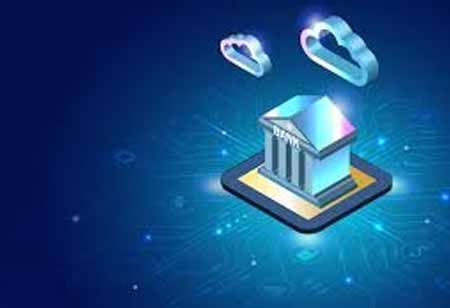THANK YOU FOR SUBSCRIBING

By
Banking CIO Outlook | Thursday, February 01, 2024
Stay ahead of the industry with exclusive feature stories on the top companies, expert insights and the latest news delivered straight to your inbox. Subscribe today.
The technologies in the card payments industry are expected to become even more prevalent as the industry strives to combat payment fraud and protect customer data.
FREMONT, CA: The card payments industry has undergone significant transformation driven by technological advancements, changing consumer preferences, and regulatory developments. Contactless payment technology has gained immense popularity and is expected to continue its upward trajectory. The adoption of contactless payments accelerated as consumers sought faster, more hygienic ways to complete transactions. The convenience and speed offered by contactless payments make them a preferred choice for merchants and consumers, leading to increased acceptance and integration of technology. Smartphones, mobile wallets, and digital payment platforms have become ubiquitous.
Tech giants, financial institutions, and fintech startups are investing heavily in developing user-friendly and secure mobile payment solutions. As the volume of digital transactions continues to rise, ensuring the security of sensitive cardholder data is paramount. Tokenization and encryption technologies play a crucial role in safeguarding payment information. Sensitive card data with a unique token makes it useless if intercepted, while encryption scrambles it, rendering it unreadable to unauthorized parties. The card payments industry is undergoing a significant transformation driven by evolving technology, changing consumer behavior, and regulatory developments.
The convenience of making payments on a smartphone drives the popularity of mobile wallets. Enhanced security features and seamless integration make them a compelling choice for consumers. The need for robust security measures in the card payments industry has paved the way for biometric authentication methods. Fingerprint, facial recognition, and iris scanning are increasingly used to verify user identity and authorize transactions. Biometric authentication offers enhanced security, as it is unique to each individual, reducing the risk of fraud and unauthorized access.
Open banking initiatives and application programming interfaces (APIs) are reshaping the card payments landscape. APIs enable seamless integration between payment systems, platforms, and institutions, fostering innovation and driving competition. The trend promotes collaboration and enables a more interconnected and efficient ecosystem for card payments. Blockchain offers decentralized, transparent, and tamper-proof transaction records, while cryptocurrencies provide an alternative digital currency.
Several payment processors and financial institutions are exploring integrating blockchain and cryptocurrencies to enhance transaction speed, security, and cost-effectiveness. The vast data generated through card payments provides valuable insights for businesses. Advanced data analytics tools and techniques enable merchants to better understand consumer behavior, preferences, and spending patterns. The information helps optimize pricing, marketing strategies, and customer experiences, leading to better business decisions and increased customer satisfaction. Regulatory frameworks continue to evolve to address the changing landscape of the card payments industry.
THANK YOU FOR SUBSCRIBING
Be first to read the latest tech news, Industry Leader's Insights, and CIO interviews of medium and large enterprises exclusively from Banking CIO Outlook
I agree We use cookies on this website to enhance your user experience. By clicking any link on this page you are giving your consent for us to set cookies. More info



